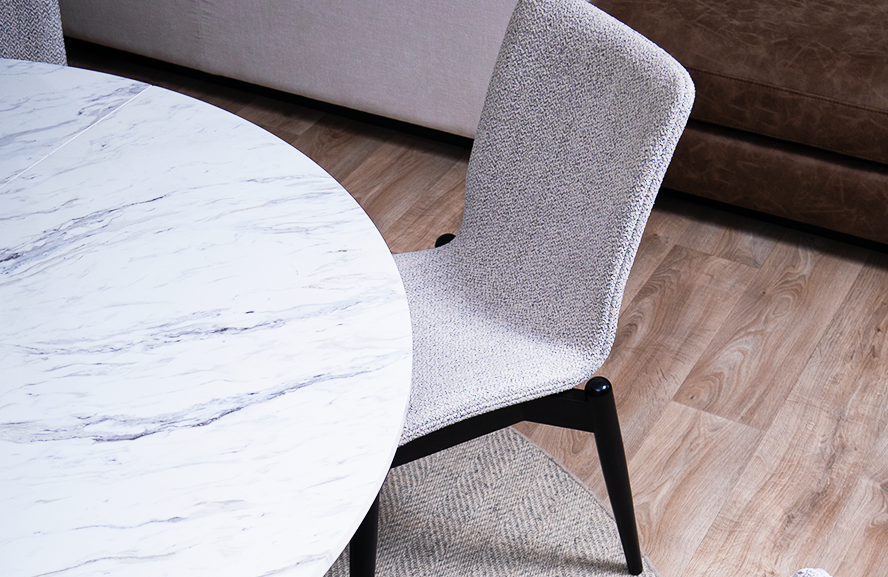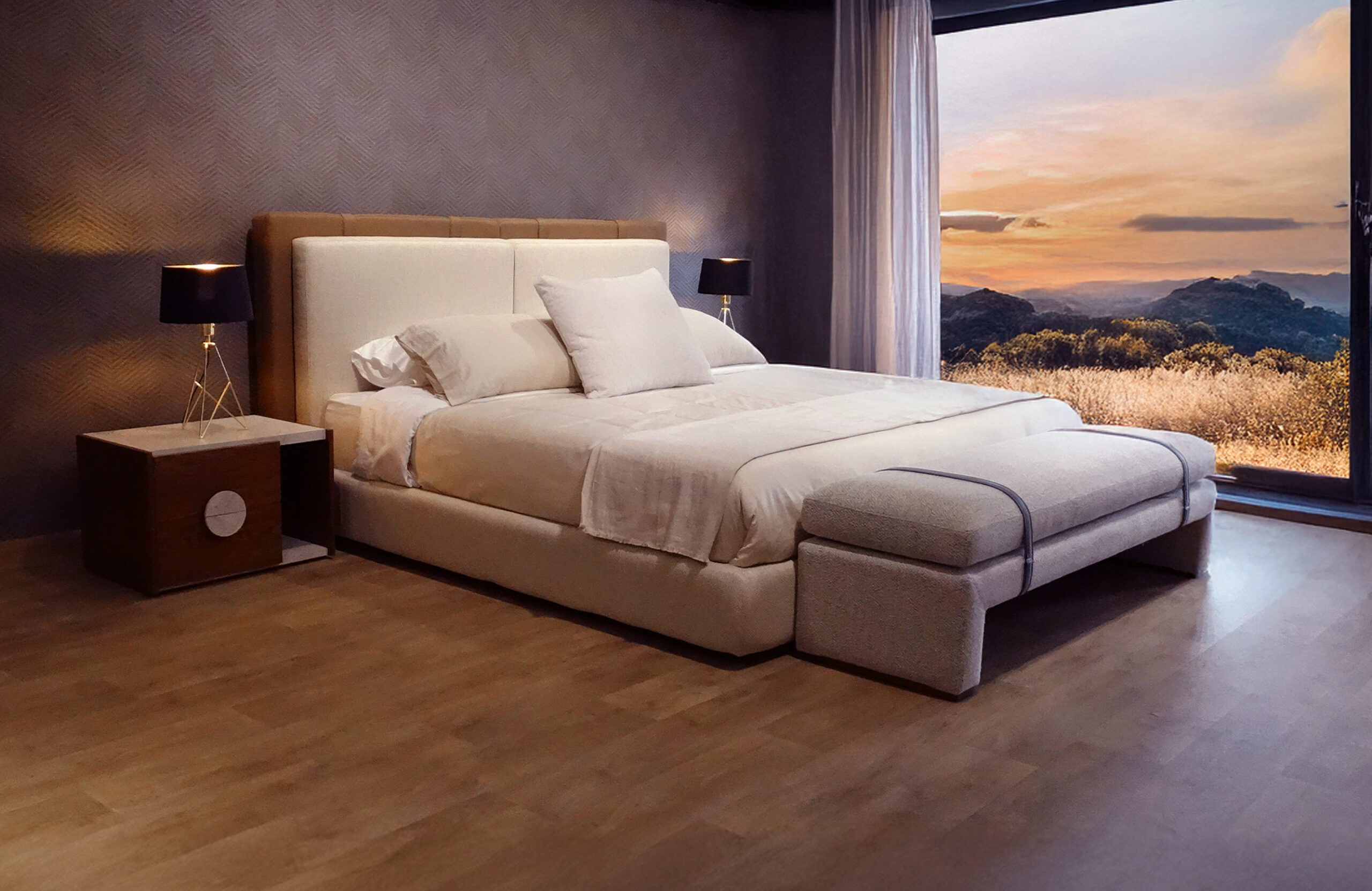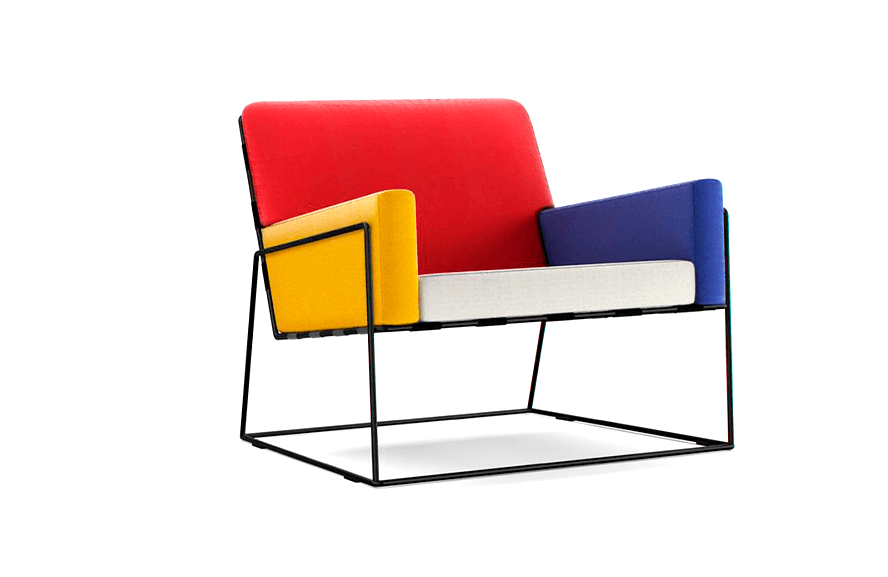The evolution of furniture design has always been a fluid dance, between forms and nature, organic forms emerge as protagonists, breathing new aesthetic life into our living spaces. This phenomenon is not simply a passing trend; it is a testament to the deep connection between human design and the elegant forms that nature has perfected over millennia. In this journey through organic forms, we will explore in detail how this natural inspiration has permeated contemporary furniture design, marking an evolution that goes beyond the visual, integrating sustainability, adaptability and an intrinsic connection to the environment.
Biomimetics: Nature as Master of Design
Biomimetics, a term that encapsulates the imitation of natural processes and systems in human design, stands as the backbone of organic forms in furniture. Embracing the intrinsic wisdom of nature, designers find inspiration in the graceful curves of leaves, the perfect asymmetry of petals and the geometric complexity of shells and spirals. These elements are manifestations of a functional harmony that nature has perfected over time. Biomimetics translates into innovative aesthetics, and in turn opens the door to new possibilities in terms of functionality and intelligent design.
Elegance in the Fluidity of Shapes: More than Aesthetics, a Sensory Experience
The elegance in the fluidity of organic shapes goes beyond the merely aesthetic. The softness and sinuosity of these forms are visually pleasing, they also offer a unique sensory experience. Ergonomics, comfort and tactile sensation play a crucial role in creating furniture that transcends practical utility to become pieces that invite interaction and contemplation. An armchair that gently embraces the user by mimicking the shape of a leaf or a table with rounded edges that invite touch are tangible examples of how the fluidity of organic forms translates into a multisensory experience.
Integrating Nature into the Home: Furniture as Functional Works of Art
The integration of organic forms in furniture design transforms the look and feel of living spaces, and also redefines the relationship between indoors and outdoors. These furnishings become functional works of art that bring the essence of nature into the home. Tables that replicate the elegance of ocean waves, shelves that mimic the organic arrangement of trees in a forest; each piece is a statement of how design can be a window that connects with nature, even in the densest urban environments.
Sustainability Incarnated: Materials and Processes Inspired by Mother Nature
In the pursuit of organic forms, sustainability becomes a central pillar. The choice of materials and manufacturing processes reflects a commitment to preserving the environment.
Certified woods, organic fabrics and eco-friendly manufacturing processes are fundamental choices in the creation of nature-inspired furniture. This integration of sustainability is an additional aspect and statement of environmental responsibility that seeks to harmonize human creation with the natural cycle of life.
Organic Adaptability: Flexibility that Transforms Spaces
Organic adaptability in furniture design goes beyond aesthetics. The versatility of these forms allows for harmonious integration into diverse environments and decorating styles.
Furniture with soft, organic lines adapts naturally to different spaces, creating environments that are versatile and dynamic. From living rooms to workspaces, the organic adaptability transforms furniture into versatile elements that adjust to the changing needs of the residents.
The Aesthetic Renewal that Connects us with Nature Organic forms in furniture design are an aesthetic trend, and a profound renewal that connects us intimately with nature. From biomimicry that seeks to mimic the functional perfection of nature to the integration of sustainable elements and organic adaptability, each aspect contributes to a living experience that goes beyond the visual. By embracing organic forms in our spaces, we are participating in an aesthetic symbiosis with the natural environment, creating not just furniture, but a deeper connection to the innate beauty of the nature that is all around us.







